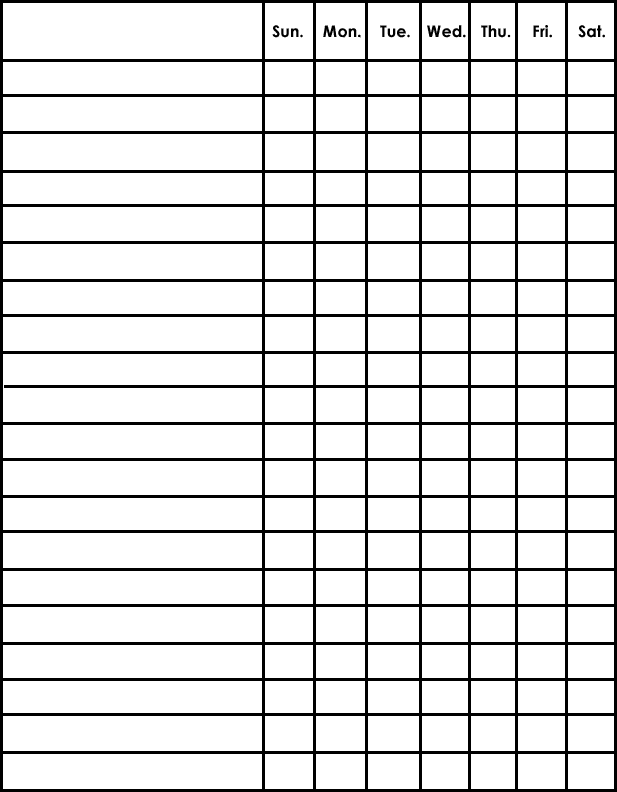
Week 2: Two-day split: Upper body/Lower body. How long has it been since you went to the gym regularly? Six months? A year? Five years? No worries: The following routines will get you back on track in-you guessed it-just four short weeks. This program isn’t just for the true beginner who has never touched a weight before it’s also suitable for anyone who has taken an extended leave of absence from training. In other words, one month from now you’ll look significantly better with your shirt off than you look now. After four weeks you’ll not only be ready for the next challenge but you’ll have built a significant amount of quality muscle. In this plan, your first month of training will be demanding, but not so demanding as to cause injury (or worse yet, burnout), and progressive in the sense that each week you’ll graduate to different exercises, higher volume, more intensity or all of the above. Let’s just call this the accelerated beginner’s guide to bodybuilding. Not that you’ll be a seasoned vet after four weeks, but if you can just get that first month under your belt, you’ll get yourself over the proverbial hump, where so many fail and give up, and set the stage for a lifetime of muscle gains. But we’re going to let you in on an interesting secret: It doesn’t necessarily take 8 or 12 weeks to get your feet wet in the gym. You’ve even seen plenty of them in our magazine over the years. It will open up a Word Document and all you have to do is fill in the names.In the realm of fitness, three-month workout programs dominate the landscape. Reward your students for completing the Fitness Challenge! View our printable Certificate of Completion below. The notes section is a place where they can jot down anything related to the activities, and also a great place to record their hobbies they did each Saturday this month. Kids will circle the emoji that best describes how they felt after doing the exercises. There is also a self-assessment section which is great for social emotional learning. Task Sheetĭownload our printable Fitness Challenge Task Sheet for your participants to fill out each day! They will record what exercises they did and put a check mark in the completed box if they completed the number of reps on the calendar. They may even find a new hobby! Suggest to your students that they choose something they love, and also something they haven’t tried before to gain a new experience. This is a great opportunity to stay active while also spending time with family members, doing something they enjoy. 
Make sure they record on the calendar which hobbies they chose. January is National Hobby Monthįor the month of January, we are celebrating National Hobby Month! Each Saturday, students can choose from a list of over 30 hobby ideas on page 4, or choose their own. Many of these are outdoor activities, and depending on where you live and the seasons you have, you can adapt these ideas. On Saturdays, kids can choose their favorite hobbies to do at home with family and friends. Please keep in mind the number of repetitions is meant as a guide, and can be adapted as needed based on age group and skill level. Each week, the number of repetitions for each fitness exercise increases. For the month of January, we’ve included basic fitness exercises, including lunges, squat jumps, heel kicks, and jump and twists. Students are challenged each day to participate in the activities listed on the calendar.

We teamed up with the Alliance For A Healthier Generation to create this fitness calendar for the month of January. We’ve also included a Certificate of Completion and a Task Sheet. This calendar can easily be shared with students to complete in the classroom or at home. It’s a brand new year, and an important time to encourage kids to stay active and lead a healthy lifestyle. Our January 2023 Fitness Challenge Calendar is here!






 0 kommentar(er)
0 kommentar(er)
